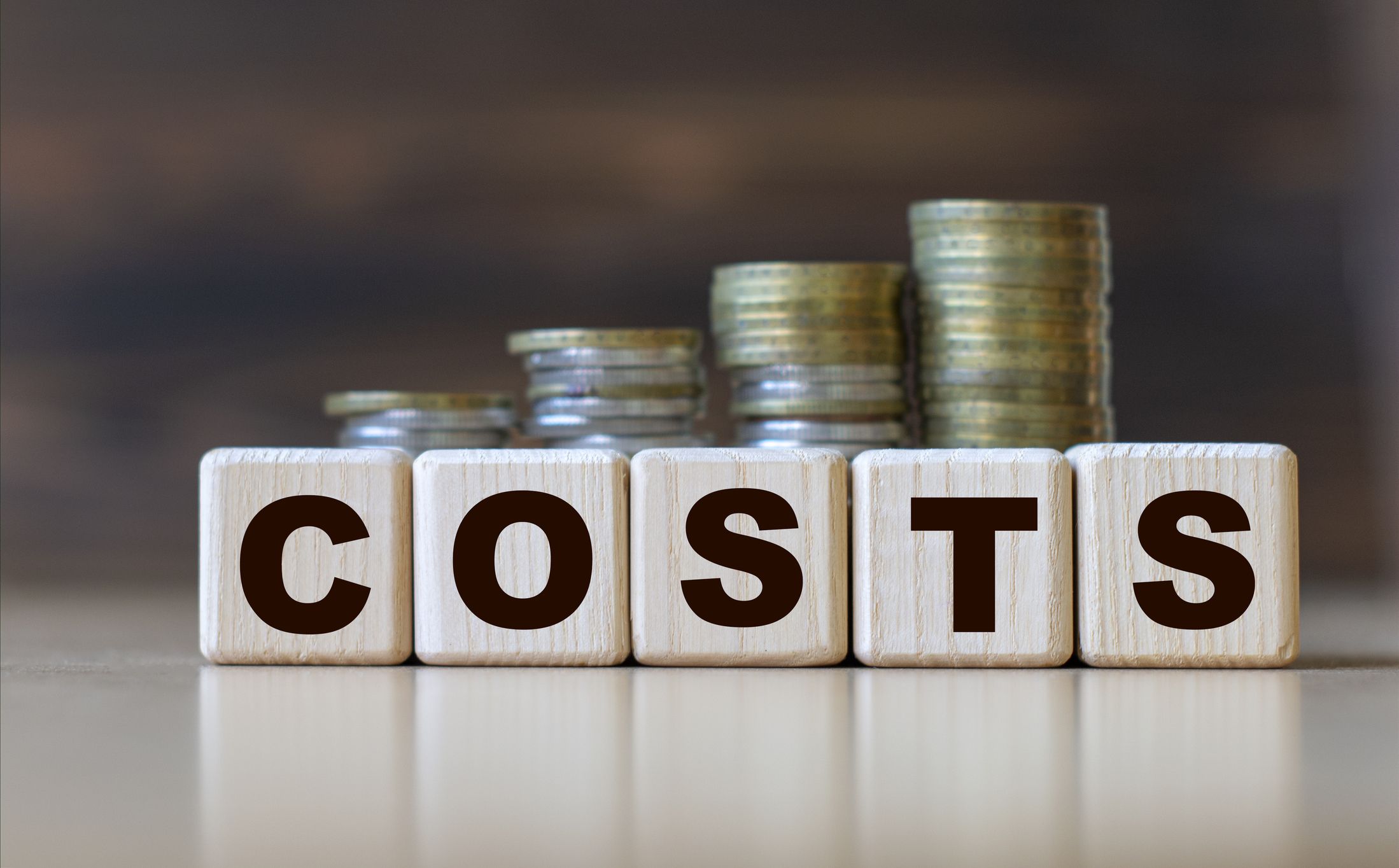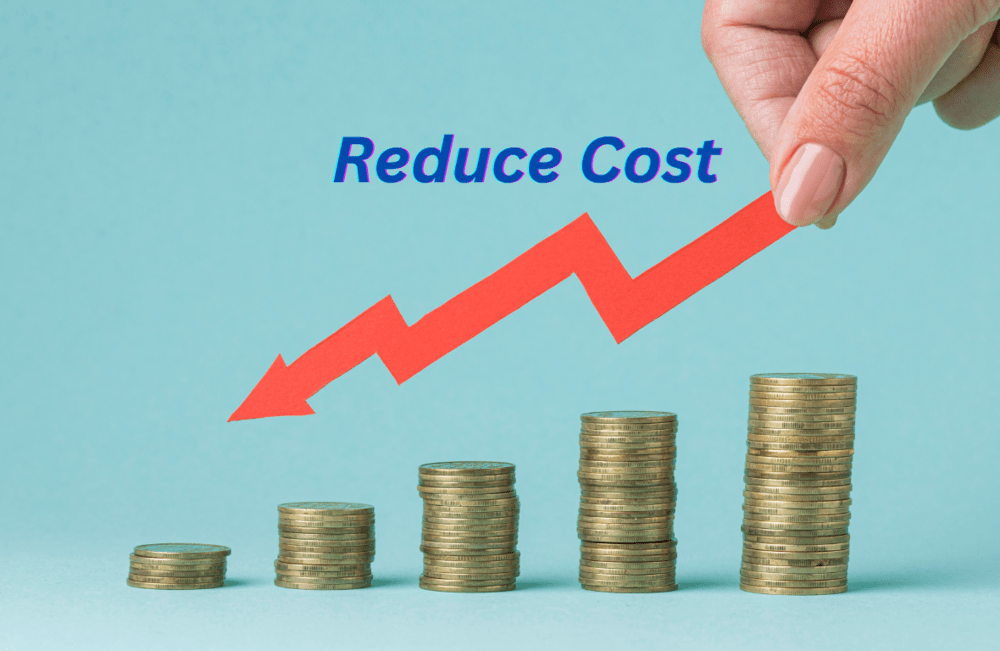The Real Price of a Postage Stamp - What You Pay
Have you ever stopped to think about the true price of that little sticky square you put on an envelope? It seems like such a small thing, just a few cents or so, yet its actual worth goes a bit beyond what you hand over at the counter. This tiny item, you see, connects people across distances, sending messages and parcels from one place to another with a good deal of dependability.
For many of us, sending something through the mail is a routine part of life, maybe a bill, a birthday card, or perhaps a package for someone far away. We usually just grab a stamp, stick it on, and then send it off without much thought about what makes up its value or why that value might change. It’s a pretty simple transaction, or so it appears, yet there is quite a bit happening behind the scenes that shapes the final figure you pay.
This small paper item, honestly, represents a whole system of sorting, transporting, and delivering. It’s about people working to get your mail where it needs to go, no matter how far. So, when we talk about the cost of a postage stamp, we are really looking at the entire network that makes communication by mail possible, a network that has its own expenses and needs for upkeep, you know?
Table of Contents
- Why Does the Cost of Postage Stamp Change So Often?
- What Goes Into the Cost of Postage Stamp Anyway?
- A Look at the History of the Cost of Postage Stamp
- How Does the Cost of Postage Stamp Compare Globally?
- Are There Ways to Save on the Cost of Postage Stamp?
- What's the Future of the Cost of Postage Stamp?
- Does the Cost of Postage Stamp Impact Small Businesses?
- The Unseen Value Beyond the Cost of Postage Stamp
Why Does the Cost of Postage Stamp Change So Often?
You might notice that the price you pay for a postage stamp seems to creep up every now and then, and you might wonder why that happens. Well, it's actually for a bunch of different reasons, many of which have to do with the everyday costs of running a huge operation. For instance, the price of fuel, which powers all those trucks and planes that move mail around, can go up and down pretty significantly, and that certainly affects the overall cost of postage stamp services. When fuel prices rise, the cost of moving everything around rises right along with it, you see.
Then there are the people who do the actual work. Wages for postal workers, who sort, deliver, and handle mail every single day, tend to go up over time, just like salaries in pretty much any other industry. These pay increases, which are fair for the folks doing the work, mean that the service needs more money to keep things running smoothly. This is a big piece of what makes up the actual cost of postage stamp services, as a matter of fact. Plus, things like health benefits and retirement plans for employees also add to the overall expenses that a postal service has to cover.
Beyond fuel and wages, there are other general expenses that play a part in shaping the cost of postage stamp. Think about the buildings where mail is sorted, the machinery that helps process letters, and the ongoing need for repairs and upgrades to all that equipment. All these things require money to maintain and improve. So, when you add up all these elements—the cost of getting mail from one place to another, the people who make it happen, and the infrastructure that supports it—you can see why the price might shift over time, reflecting these changing operational expenses.
What Goes Into the Cost of Postage Stamp Anyway?
It’s a good question to ask what exactly goes into the price of that little piece of paper. You might think it’s just the paper and ink, but there’s a whole lot more to it. For one thing, there’s the sheer scale of moving mail. Imagine all the letters and packages that get sent every single day across a country, or even across the world. That requires a vast network of vehicles—trucks, vans, planes, and sometimes even trains—all burning fuel and needing regular maintenance. The sheer logistics of transportation and labor shaping the cost of postage stamp are quite considerable, really.
Then, consider the sorting process. Before a letter can even leave its local area, it goes through a sorting facility. Here, machines read addresses and direct mail to the correct outgoing routes. This equipment needs to be bought, kept in good working order, and sometimes replaced with newer models. On top of that, people are needed to operate these machines, to handle mail that machines can’t process, and to ensure everything is flowing correctly. So, the human effort and the mechanical helpers are both big parts of the expense, definitely influencing the cost of postage stamp.
Furthermore, there’s the matter of maintaining thousands of post offices, collection boxes, and delivery points. These places need to be staffed, cleaned, heated, and cooled. There are also security measures to protect the mail and the people who handle it. All of these things—the physical buildings, the energy to run them, the security systems, and the ongoing upkeep—add up to a significant amount of money that has to be covered. So, infrastructure and security considerations for the cost of postage stamp are pretty substantial, making it much more than just the simple paper item you hold.
A Look at the History of the Cost of Postage Stamp
If you look back in time, the idea of paying for mail delivery has changed quite a bit. In the very early days, before the postage stamp as we know it, the person receiving the mail usually had to pay for it, and the price often depended on how far it traveled and how many sheets of paper were in the letter. This system was, honestly, a bit messy and sometimes meant people wouldn't accept letters if they couldn't afford the charge. It was a very different way of doing things, quite unlike how we manage the cost of postage stamp today.
The big shift happened in 1840 with the introduction of the "Penny Black" in Great Britain, which was the first adhesive postage stamp. This meant the sender paid for the mail upfront, and the cost was a simple, fixed amount, regardless of distance, for letters up to a certain weight. This made sending mail much more accessible and predictable for everyone. The idea caught on quickly around the world, making the cost of postage stamp a straightforward matter for senders, which was a huge step forward for communication.
Since those early days, the price of sending a letter has, generally speaking, seen gradual increases. What might have started as a penny or a few cents has, over many decades, risen to what we pay now. These increases often reflect the rising costs of doing business, like those we talked about earlier—fuel, wages, and maintaining facilities. So, the gradual increases in the cost of postage stamp over time tell a story of economic changes and the ongoing effort to keep a vast mail system running effectively for everyone.
How Does the Cost of Postage Stamp Compare Globally?
It’s interesting to see how the cost of a postage stamp can differ from one country to another. You might find that sending a standard letter in one place costs a good deal more or a good deal less than it does in another. These international variations in the cost of postage stamp are influenced by many things. For example, some countries have vast land areas to cover, meaning longer travel distances for mail, which can make things more expensive. Others might have very dense populations, which can make delivery more efficient in some ways but also create different kinds of logistical challenges.
The economic conditions of a country also play a significant role. Things like the general cost of living, the average wages, and the overall economic health of a nation can affect how postal services set their prices. A country with higher labor costs, for instance, will likely have a higher cost for its postage stamps because the people doing the work are paid more. It’s pretty much a reflection of the local economy, you know?
Government policies and subsidies can also make a difference. In some places, the postal service might receive financial help from the government to keep prices lower for citizens, seeing mail as a vital public service. In other places, the postal service might be expected to operate more like a business, covering all its own costs and even trying to make a profit. These different approaches mean that the factors in other countries affecting their cost of postage stamp can be quite varied, making a direct comparison sometimes a bit tricky.
Are There Ways to Save on the Cost of Postage Stamp?
For those who send a lot of mail, or for businesses, finding ways to reduce what they spend on postage can be a real benefit. One of the most obvious ways to save is by using digital alternatives to the traditional cost of postage stamp. Instead of sending a physical letter, an email can get your message across instantly and for practically no money at all. For things like bills or statements, many companies now offer paperless options, which saves both the company and the customer the expense of a stamp, plus it’s better for the environment, honestly.
If you still need to send physical mail, especially in larger quantities, there are often ways to get a better deal. For instance, businesses or organizations that send out a lot of newsletters or promotional materials can usually get discounts for bulk mailing. This means preparing the mail in a certain way, like sorting it by zip code or using specific types of envelopes, which helps the postal service process it more efficiently. Because it makes their job a little easier, they pass some of those savings on to the sender, which is a pretty good arrangement for everyone involved.
Also, paying attention to the weight and size of what you are sending can help you avoid unexpected charges. A letter that is slightly too heavy or a package that is a bit too big for a standard rate can suddenly cost a good deal more. So, being mindful of the guidelines and making sure your mail fits within the standard categories can help you keep the cost of postage stamp down. It's often just a matter of being a little bit careful with how you prepare your items for sending.
What's the Future of the Cost of Postage Stamp?
Looking ahead, it seems pretty clear that the way we send and receive mail will continue to change, and this will naturally affect the cost of postage stamp. With more and more communication happening online, fewer letters are being sent, which means postal services are seeing a decrease in their traditional mail volume. This shift to digital transformation and its impact on the cost of postage stamp is a big deal, because a postal service relies on a certain amount of volume to keep its operations efficient and its prices stable.
To adapt to these changes, postal services around the world are exploring new ways to stay relevant and cover their costs. This might mean focusing more on package delivery, which has actually grown quite a bit with the rise of online shopping. They might also look at offering new services, like identity verification or other forms of secure document handling, to generate more income. These service adjustments and the future cost of postage stamp will likely be closely tied to how well postal services can find new roles in a world that relies less on traditional letters.
It’s also possible that the pricing structure for stamps might become more varied. We might see more options for different delivery speeds or special services, each with its own price point. The idea is that as the demand for traditional letter mail changes, the postal service needs to be flexible with how it charges for its services. So, while the exact future is hard to predict, it’s pretty safe to say that the cost of postage stamp will keep evolving as postal services adapt to a changing world, you know, to keep things moving forward.
Does the Cost of Postage Stamp Impact Small Businesses?
For small businesses, every expense counts, and the cost of postage stamp can actually be a pretty significant factor in their budget, especially if they send out a lot of mail. Think about a small online shop that ships products, or a local service provider that sends out invoices and promotional flyers. Each stamp adds up, and if the price goes up, even by a little bit, it can affect their bottom line. So, budgeting challenges related to the cost of postage stamp are a real concern for these smaller operations, as a matter of fact.
When the cost of sending mail increases, small businesses might have to make some tough choices. They might need to absorb the extra cost themselves, which cuts into their profits, or they might have to pass that cost on to their customers, which could make their products or services seem a bit more expensive. This can affect their competitiveness, especially if they are selling items that are also available from larger companies that might get better postage rates due to sheer volume. It’s a delicate balance for sure.
Beyond direct shipping, the cost of postage stamp also plays a role in how small businesses market themselves. Sending out postcards, brochures, or special offers through the mail can be a very effective way to reach local customers. If the price of stamps goes up, a business might have to send fewer mailers or find cheaper ways to get their message out. This means the marketing implications concerning the cost of postage stamp can influence how a small business connects with its potential customers, which is pretty important for their growth, really.
The Unseen Value Beyond the Cost of Postage Stamp
While we often talk about the monetary value, there’s a whole other side to the cost of postage stamp that isn’t measured in dollars and cents. That little stamp, you see, carries a lot of emotional and personal weight. Receiving a handwritten letter from a loved one, especially someone far away, can bring a feeling of warmth and connection that a digital message just can’t quite replicate. The effort of writing, addressing, and stamping shows a level of care that goes far beyond the small price paid for the stamp itself. So, personal connections outweighing the cost of postage stamp are something we often forget to consider.
Think about important documents, too. Birth certificates, legal papers, or official notices often need to be sent through the mail for security and authenticity. The postal service provides a reliable and trusted way to handle these sensitive items, ensuring they reach their destination safely and are legally recognized. This reliability, which is built into the system that the stamp helps to fund, provides a sense of security and peace of mind. It’s a very important service that we often take for granted, honestly.
In a world that is increasingly fast-paced and digital, the act of sending and receiving physical mail holds a unique place. It’s a tangible link, a piece of something real that travels from one hand to another. The true worth beyond the cost of postage stamp includes the memories it creates, the important information it carries, and the way it keeps us connected in a very human way. It’s a small investment for a pretty big impact on our lives, when you think about it.



Detail Author:
- Name : Mrs. Heather Haag DVM
- Username : reginald07
- Email : hansen.geovany@yahoo.com
- Birthdate : 1991-02-03
- Address : 77145 Mosciski Gateway Suite 427 East Millerview, WY 87790-8997
- Phone : 458.917.2095
- Company : Kuhn LLC
- Job : Chemical Technician
- Bio : Corporis et non non aut est. Exercitationem veritatis sequi consequatur fugit est sit voluptatem. Velit ipsa nostrum facere sed cum dolor id.
Socials
linkedin:
- url : https://linkedin.com/in/emelie.stehr
- username : emelie.stehr
- bio : Qui rerum officiis harum quia.
- followers : 4299
- following : 2655
facebook:
- url : https://facebook.com/stehre
- username : stehre
- bio : Ut eum aliquam cupiditate ex iure incidunt consequatur praesentium.
- followers : 2600
- following : 658
tiktok:
- url : https://tiktok.com/@stehre
- username : stehre
- bio : Quaerat aliquid laudantium ab suscipit ullam vitae.
- followers : 511
- following : 1206
twitter:
- url : https://twitter.com/stehr2001
- username : stehr2001
- bio : In omnis dolores non. Velit praesentium iste ex dignissimos. Esse accusantium laboriosam dicta vel. Ipsa possimus ea non autem numquam dolor totam quo.
- followers : 3621
- following : 2020